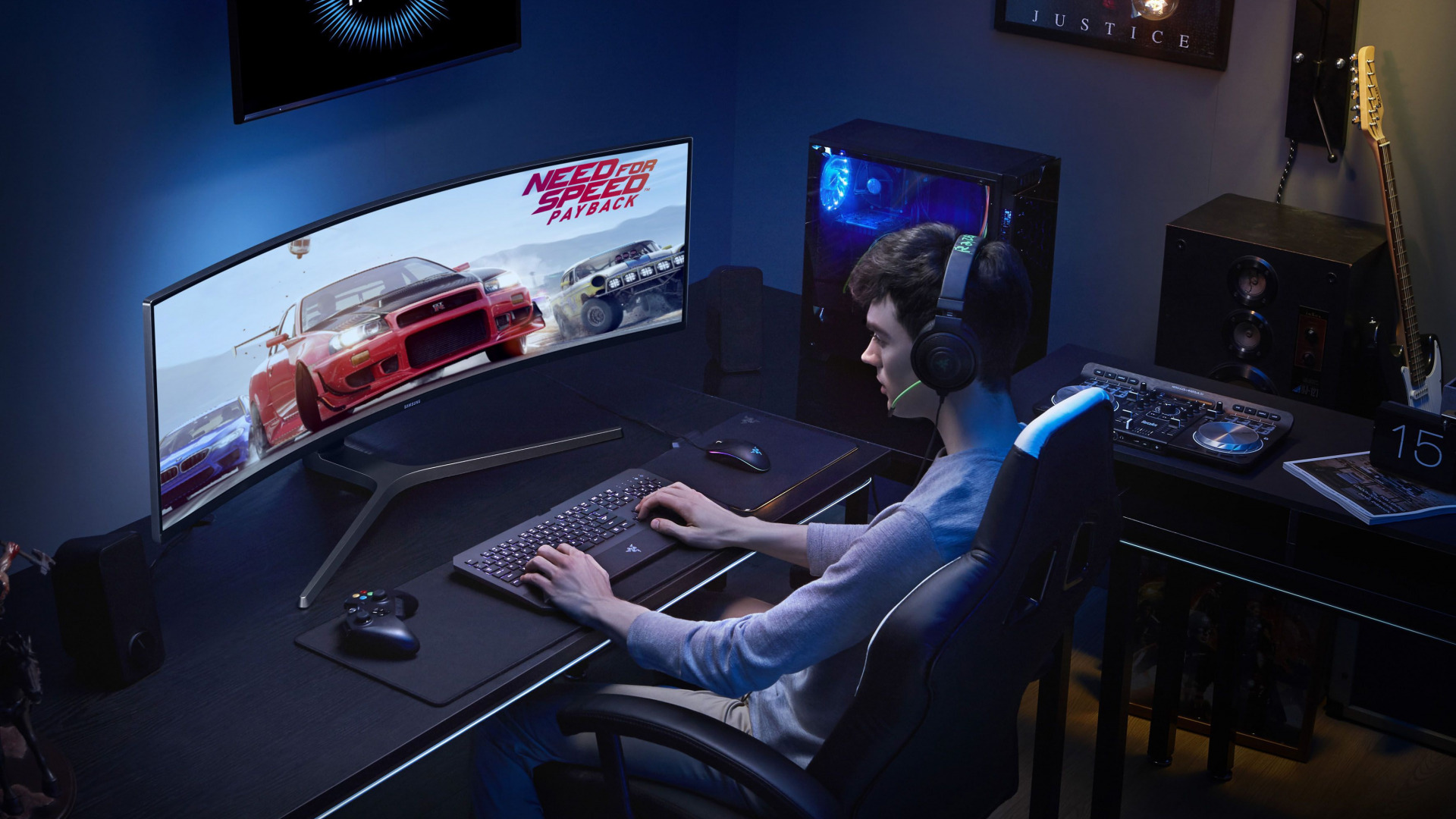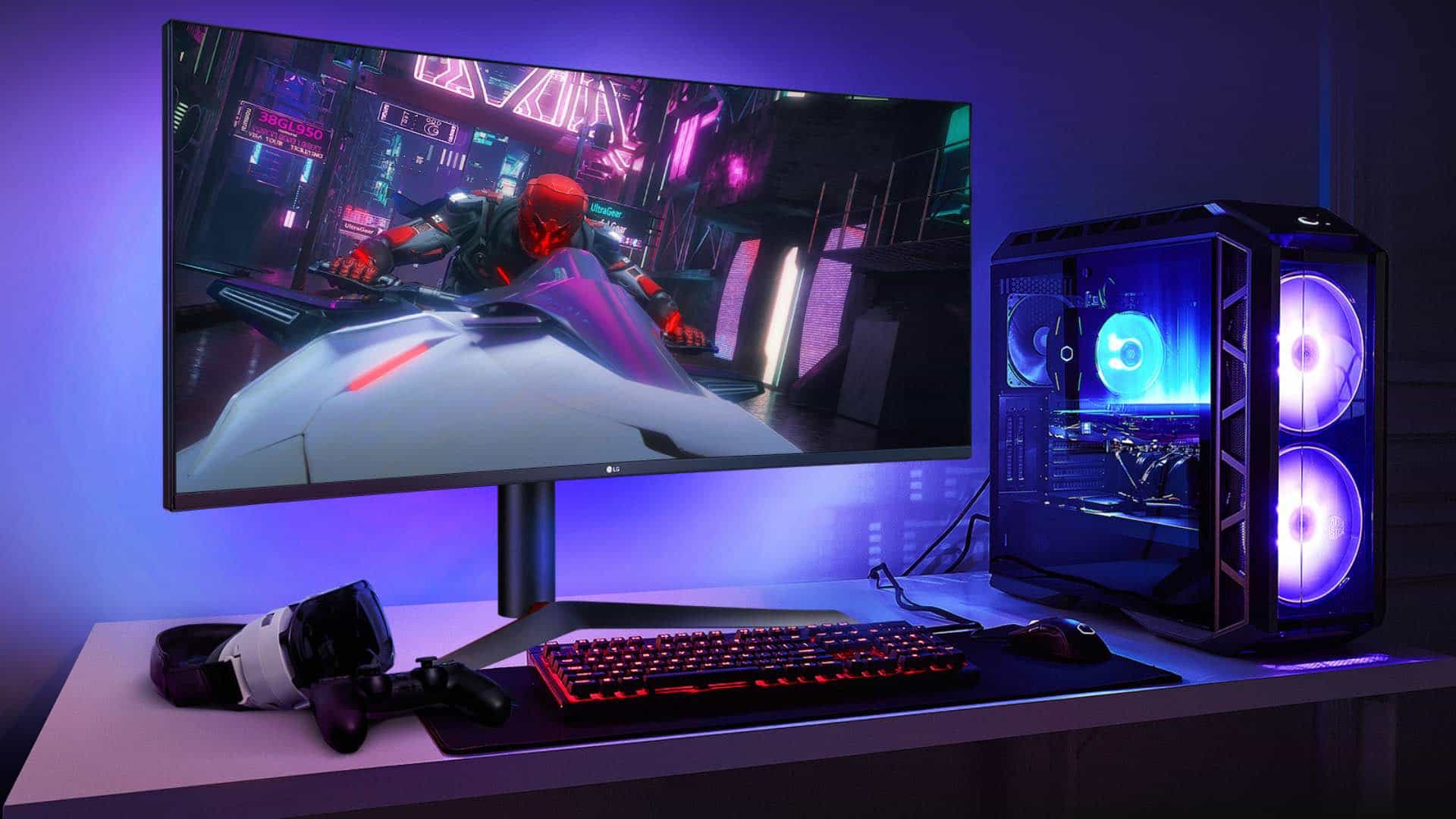The performance of modern components is now so high that to build a PC that can handle most modern games in 4K and 8K, even with maximum presets, is quite realistic.
But is 4K resolution and 16:9 the only solution without an alternative? In this article, we will analyze what resolutions exist and discuss their pros and cons. By the way, if you are a cryptocurrency enthusiast, we would like to advise you on one very cool Bitcoin tumbler.
This is a service that mixes your coins with other users’ coins and thus provides the highest degree of anonymity. If you have any questions about how exactly it all works, you will find answers in the FAQ at YoMix.io.
So, the resolution is needed to describe the number of pixels on the screen horizontally and vertically. The more pixels, the more clear the image will be. Currently, there are three most popular types of resolutions in the gaming world:
- Full HD (1080p).
- Quad HD (1440p).
- Ultra HD (2160p or 4K).
Resolutions can vary greatly depending on the aspect ratio – 16:9, 16:10, 21:9, 32:9, and so on. Nevertheless, the three types above are the most popular.
Full HD
Full HD resolution has 1920×1080 pixels. This resolution provides a picture of 2.07 million pixels at a 16:9 aspect ratio. This is still the most popular format, which is enjoyed by gamers around the world. It provides a clear picture.
Quad HD
Quad HD display has a width of 2560 pixels and a height of 1440 pixels. It holds 80% more pixels than a standard Full HD display. But the point is that it consumes considerably more graphics card resources, so not every gamer dares to buy a monitor with these features.
Ultra HD
Ultra HD goes even further, having 3840 pixels horizontally and 2160 pixels vertically. The term Ultra HD is often replaced with 4K, which means that such a screen has four times as numerous pixels as a standard Full HD screen. Ultra HD is becoming the choice of even fewer users because the volumes that this resolution consumes are really huge.

But what to choose?
For gaming, a monitor with a diagonal of 21 to 24 inches and Full HD resolution – 1920 × 1080 is the best choice. But it depends on what kind of games you prefer to play. If we are talking about large and leisurely blockbusters, then you are probably better to look at monitors such as Quad HD and Ultra HD.
But if you are a cyber-sportsman or just prefer to play fast-paced games, then the big screen will only be a detriment – you’ll have to twist your head to see the whole battlefield, the map, and the interface. Because of this, you can see your enemy a split second later and lose the battle.
What else to look for when selecting a monitor?
Here is a checklist of things you need to pay more attention to when you choose a monitor for gaming:
- Diagonal.
- Matrix type.
- Sweep rate.
- Contrast.
- Brightness.
- HDR support.
- Backlight type.
- Display curvature.
- Pixel density.
- Program interface.
- Built-in sound (or lack thereof).
- Presence or absence of camera.
- Presence or absence of USB connectors.
- Type of stand and how it is attached.




